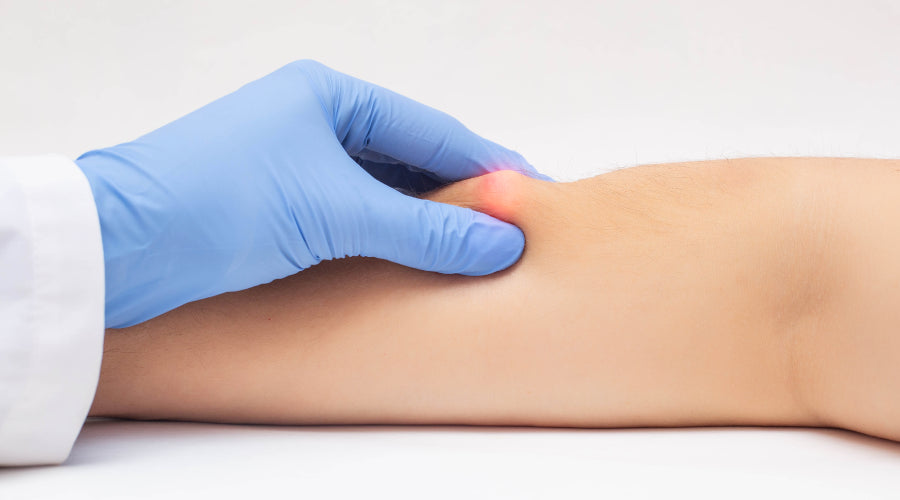
What is a Lipoma? What are the causes and treatment options?
What is the Nasty Looking Lump on Your Back?
So, you were jumping out of the shower when you noticed a large lump on your back. You have no idea how long you may have had it because it doesn’t hurt when you touch it. The biggest problem with this lump is that it is just plain ugly. You are wondering if anyone else may have noticed it and not said anything. Your rush to get dressed and get it covered up, then you notice it through your shirt. You can see the lump clearly, and this makes you even more upset. It is time to get over to the doctor.
What Did My Doctor Have to Say?
The doctor has you take off the shirt and reveal this monstrosity on your back. After a few prods and pokes, he lets you know that you have a lipoma. He is very calm about it, but the truth can’t be said for you. You automatically go into a panic and just can’t get out of the office fast enough. He did let you know that it is quite common for people to develop lipomas, about 1 in every 1,000. That didn’t soften the blow of developing this unsightly bump. The doctor let you know that you don’t have to do anything about the lipoma, but it can be surgically removed if you would like.
What is a Lipoma?
The good news is that a lipoma is a benign lump that develops on the skin. This lump is a build-up of fatty tissue that is found under the skin. Lipomas are harmless for the most part, unless directly on a nerve or tendon; they are painless. The one issue that lipomas seem to cause to every person who develops one is embarrassment and fear that they will be teased for having one. No one wants a large fatty lump to build upon their body, and if they do have one, they are not too interested in anyone else finding this out. Lipomas are usually less than three inches in diameter, and they are soft and dough-like to the touch.
What Caused My Lipoma?
Unfortunately, the cause of lipomas is still a bit of an unknown. One possibility is that an injury causes them to the area. There is a genetic connection to the development of lipomas, and they are confirmed to run in families. There is also a connection between lipoma and Gardner syndrome that starts as non-cancerous tumors on the body. As lipomas are a build-up of fatty tissue, and it is a possibility that being overweight could cause them to develop.
What Can Be Done to Remove the Lipoma?
An operation can remove a lipoma; one surgery involves a small incision; they will squeeze out the lipoma and close the wound with stitches or staples. The other option is a straightforward removal where the fatty tissue is cut out of the patient, and the wound is sewed shut. Although the surgeries will remove the lipomas, several potential side effects need to be considered. The side effects include pain from the surgery, especially at the incision site. The incision site is susceptible to bleeding, infection, and swelling. There is also the risk associated with any anesthetic, an allergic reaction, or other complications to keep in mind.
If you prefer a non-surgical lipoma removal, then the Lipoma Wand is ideal. After 20 minutes of massaging the lipoma with the wand, you will notice a difference. For the best results, the wand should be used in combination with the lipolysis jelly, which is self-heating and makes the wand even more effective. The variety of these two products will remove the lipoma altogether. Jeremy Madvin says,” the Lipoma wand is possibly a better option than going under the knife,” we agree. Both the Lipolysis jelly and Lipoma wand are available at the shop on this website. Not only are they very reasonably priced, but they are also easy to use and can be taken anywhere due to their convenient size.